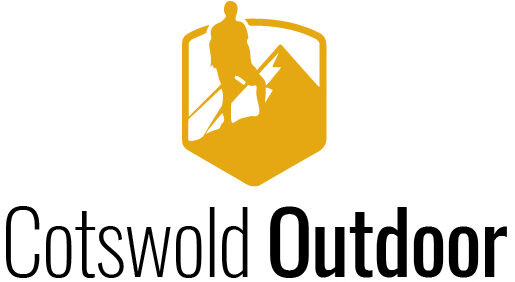Many people enjoy car camping with their family and friends. This article will help you choose the right camping tent for your home away from home. (Do you prefer backcountry camping?
Tent Sleeping Capacity
First, consider your group size and whether you may need extra space for gear, dogs, or friends. However, no industry standard specifies tent dimensions per person.
Our general advice when evaluating tent capacity ratings is to assume a close fit. Consider increasing your tent’s capacity by one person if you need more space, especially if you have a tent companion.
3-Season Tents
The most popular type of tent, 3-season tents, are light shelters that can be used in the cooler seasons of spring, summer, and fall. To increase airflow, they are often equipped with large mesh panels. Mesh panels can keep insects out, but they can also let in powdery winding sand. A 3-season tent can be adequately pitched with a taut rainfly but is not recommended for prolonged exposure to severe storms, strong winds, or heavy snow.
The main functions of 3-season tents are:
You will be dry in the rain and light snow.
Protect yourself from the bugs
Protect your privacy
3- and 4-Season Tents
Extended-season (3+ Season) tents can be used for extended 3-season use. They are suitable for summer but also for trips in the spring and fall, when mild snow is possible. They are designed to balance ventilation, strength, and warmth-retention.
They typically have 1 to 2 more poles and fewer panels than 3-season models. They are stronger and more comfortable than their 3-season counterparts. Extended-season tents can be an excellent choice for those who frequent high-elevation locations. Although solid, they can’t withstand harsh winter conditions, as well as 4-season tents.
Four-Season Tents
Mountaineering tents are designed to withstand strong winds and heavy snow loads. They can be used at any time of the year. They are designed to withstand severe weather conditions, especially in winter and above treeline.
They are heavier than 3-season tents and use more poles and rich fabrics. The rounded dome design eliminates snow accumulation from flat roof spaces. They have a few mesh panels, and rain flies close to the ground. Due to this lack of ventilation, they can feel stuffy and warm in mild weather. A 4-season tent is a safe refuge when the wind blows hard.
Look for tents with tall peak heights if you enjoy being able to stand when changing clothes or the airiness and lightness of high ceilings (listed in the spec chart).
Cabin-style tents have near-vertical walls that maximize height and livable area. (Some models include family-pleasing features like room dividers, an awning, and vestibule doors that can be staked as such).
Dome-style tents offer superior strength and wind-shedding capabilities, which will significantly benefit on a stormy night. Their walls are taller in the middle but have a slightly smaller living space.
Tent Floor Length
Consider a tent with a 90-inch floor rather than the more common 84-88 inches.
Tent Doors
Consider the number of doors you will need and the shape and orientation of your tent when choosing a tent. Multiple entries are great for camping with family members. They make it easier not to climb over each other when you need to use the bathroom at night. This area is ideal for cabin-style tents. You will also notice how quietly and efficiently the doors can be opened and closed. The entries with YKK zippers are more resistant to snagging or breaking than others.
Tent Poles
The tent’s pole structure determines how easy or difficult it is to pitch. Almost all family tents are now freestanding. They don’t require stakes for setup. This has the advantage of quickly picking up the tent and moving it around before you stake it. It is also easy to clean the tent before you take it down.
You can set up poles faster with fewer poles. It is also much easier to attach bars using clips than to thread them through long sleeves. Many tents use short pole sleeves and pins to balance strength, ventilation, and ease of setup. Pole clips and color-coded corners make it easier to set up. Aluminum poles are more sturdy and durable than fiberglass.
Rainfly
Rainfly is a waterproof cover that can be used over your tent’s roof. It can be used whenever rain is predicted or when you need to retain warmth. There are two types of rainfly. Roof-only rain flies offer more light and views but adequate protection from the rain. Rainflies with full coverage offer maximum protection against wind and rain.
Tent Materials
Be aware that rain flies and fabric canopies made from higher-denier fabrics are more durable than those made of lower-denier materials. Tent floors with high-denier cloths and seam tape reduce the likelihood of leakage.




